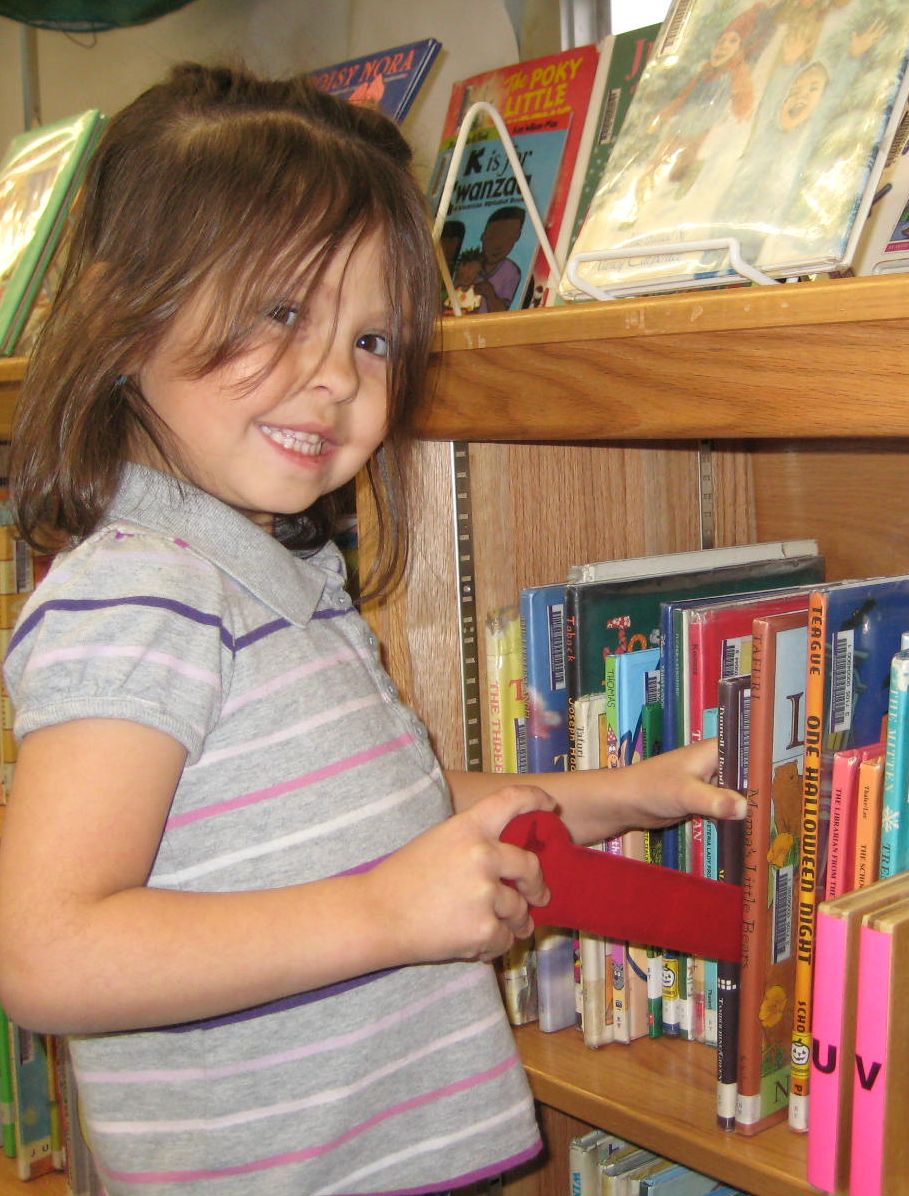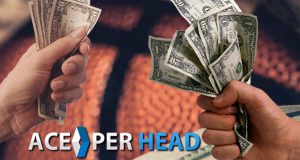What Percentage Do Bookies Take
We distribute your music to top digital music services like Spotify, iTunes, Apple Music, TIDAL and many more. Keep 100% rights. We also create artist opportunities for artists to take their career. Bookmakers require you to positively identify yourself. Although some bookmakers automatically do this you may need to send copies of ID such as driving licenses, passports, copies of your bank.
- What Percentage Do Bookies Take Every
- What Percentage Do Bookies Take
- What Percentage Do Bookies Takeover
- What Percentage Do Bookies Take Money
Before you can truly understand if the odds you’re getting are good or not you need to understand how bookmakers set their odds.
It’s not as simple as you might think and once you understand the process it’s much easier to identify value bets.
There are two key concepts you need to be aware of, that we’ll cover in this article, and they are determining true odds and how bookmakers adjust their odds to make a profit.
Key Points
- When setting odds for an event, a bookmaker’s main aim is to try to ensure that they will make a profit no matter what the outcome.
- Bookmakers will first research and attempt to determine the true odds of any outcome occurring.
- Actual odds offered to punters will be based upon those true odds but downwardly adapted so as to provide the bookmaker with a ‘margin’, ‘overround’ or ‘vigorish (vig)’.
- If punters bet in a manner divergent from the bookmaker’s expectations, odds will be adjusted in order to try to maintain that margin.
Setting Odds: Determining True Odds
The first step for any bookmaker in setting their odds for a given event is trying to determine the true probability or odds of any given outcome occurring. What we mean by outcome, in this case, is any possible result that they may have to pay out on (e.g. a home win, a draw or an away win in the case of a football match).


Factors to consider:
In order to determine these true odds, bookmakers will look at factors such as prior form, statistics, historical precedents, expert opinion and any number of other such factors that could impact the event in question. Following this research and analysis, the bookmaker will be left with what they deem to be the most accurate possible true odds of any outcome occurring.
A ‘Fair Book’:
To continue the football match analogy we alluded to earlier, those true odds might be that a home win is evens, a draw is 2/1 and an away win is 5/1. What those odds represent are a 50% chance of a home win, a 33.33% chance of a draw and a 16.67% chance of an away win.

If the bookmaker were to offer those odds, therefore, they would have produced what’s known as a ‘fair book’. That is a betting market where the percentage chances of all of the outcomes add up to exactly 100%.
If in total punters bet in the same proportion as the relative probabilities of each outcome occurring (i.e. 50% on a home win, 33.33% on a draw and 16.67% on an away win) in this example, however, the bookmaker will pay out exactly what they take in regardless of the final result.
Bookmakers, therefore, must adjust the odds they actually offer to punters in order to try to ensure they make a profit.
How Do Bookmakers Actually Set Their Odds?
Once a bookmaker has determined what they believe to be the true odds of any outcome occurring in a given event, they will then adjust those odds downwards before offering them to punters.
In practice, the methods by which bookmakers do this can be diverse and quite complicated but for the sake of our explanation we will focus upon the simplest possible method; proportional decreasing.
In our above example the relative probability of each of the outcomes occurring (50%, 33.33% and 16.67%) has a proportional relationship of 3:2:1. That means that another set of three odds figures with the same relationship but which are all shorter could be what a bookmaker chooses to offer to punters.
An example of such a set of odds is 4/6, 6/4 and 4/1, which equates to relative probabilities of 60%, 40% and 20%. Whilst the proportional relationship between these odds is the same, however, the sum of their percentage figures is 120% rather than 100%. That means that if punters bet according to the same pattern as the true odds the bookmaker has determined (3:2:1), the bookmaker will always receive 20% more than they pay out.
That 20% figure is what is known as the bookmaker’s ‘margin’, ‘overround’ or ‘vigorish/vig’.
Why Do Odds Change Before an Event?
Whilst the above represents a simplified yet accurate representation of the odds setting process in theory, in practice any number of things can cause a bookmaker to need to alter their odds. The most notable example of something which can require a bookmaker to make such changes is us; the punters.
How Does Betting Affect Bookmaker Odds?
As we’ve mentioned above, the margin which the bookmaker attempts to build into every market they set odds for, is based upon the premise that punters will bet in similar proportions to the true odds of the event’s outcomes which they have determined. If in practice, however, punters actually bet far more than a bookmaker expects on one particular outcome then the amount the bookmaker will have to pay out in the event of that outcome (known as their liability) changes.
Example…
To take our previous example, once again, if a bookmaker offers odds of 4/6, 6/4 and 4/1 and takes a total of £120 in stakes, they would expect £60 to be placed at 4/6, £40 at 6/4 and £20 at 4/1. In that case, they would only ever be required to pay out £100 of the total £120 in stakes.
If the pattern were reversed and £60 was placed at 4/1, however, the bookmaker would be required to pay out £300 and so would lose £180. It is when betting patterns differ from what is expected, therefore, that bookmakers alter pre-event odds in order to balance their books and maintain their theoretical margin for the event.
It’s not always possible but changing the odds to balance liability is the main reason bookmaker odds change after the initial prices have been set.

I asked 100 Managing Partners, PGLs, CMOs, and BDOs what percentage of their BD training was wasted on lawyers who didn’t take it seriously, didn’t consult with their coaches before interacting with their markets or prospects, and generally abandoned the investment. Their estimates varied widely, with a high of 90% and a low of 30%, with a huge concentration at 80%, which matches my own observations among the thousands of lawyers I’ve trained over the past 25 years.
In preparation for my presentation at one of their annual meetings, ALA asked two questions of its membership:
What Percentage Do Bookies Take Every
- How do you select which lawyers you'll invest in BD training and coaching?
- What percentage of those training/coaching dollars do you think are wasted by lawyers who don't stick with and apply the training, or make proper use of coaching?
As you see, we had a few outliers who thought that none, or all, of their investment was wasted, and about a quarter of you said you had no idea how much was wasted.
I broke up the remainder roughly into thirds. Even at the low end, you think that between a quarter and a third is wasted. In the middle, about half, and at the top end, as discouraging 70-90%.
What Percentage Do Bookies Take
Your responses to how lawyers are chosen boiled down to four main strategies:
- Associates
- Everyone
- Interested
- Other
As you see, how you choose the lawyers doesn't really influence the waste rate. The firm has more authority over Associates, so it's no surprise that their percentage is lower, although it's still half, which is surprising.
What Percentage Do Bookies Takeover

For those who take the egalitarian approach and claim to offer training everyone, I suspect our definitions of training will differ. I wonder how many of these firms are providing serious, sustained training and coaching versus periodic classes, webinars, or retreat programs. In any event, they think that two thirds of their money is wasted.
What Percentage Do Bookies Take Money
Most interesting to me are the results for those who provide training to lawyers who expressed interest in having it. They think that four out of five of the lawyers who said they wanted training wasted it.
'Other' is a mashup of criteria that I've seen firms apply over the past 25 years:
- show potential, or
- have some results, or
- sponsored by partners, or
- who have what is deemed a BD-friendly personality.
As you can see, this is about as effective as giving the training to everyone.